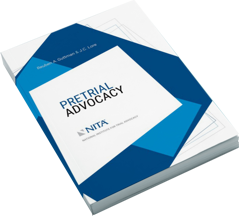Congress intended the False Claims Act to apply broadly and reach all fraudulent attempts to cause the United States Government to pay out money. In Universal Health Services, Inc. v. United States ex rel. Escobar, a key case pending before the United States Supreme Court, the Petitioner has urged a counter-textual interpretation that would vitiate the False Claims Act and compromise Congress’ intent. On behalf of a distinguished group of law professors, Guttman, Buschner & Brooks PLLC has filed an amicus brief in the matter.
The amicus brief proposes a comprehensive model, the application of which will ensure the Act continues to effectuate Congress’ intent. As the brief explains, the starting point for determining whether conduct is fraudulent and should be captured by the Act begins by looking to principles of common law fraud. However, Congress expanded upon the liability available under the False Claims Act, specifically by eliminating traditional reliance and scienter requirements of common law. Application of the Act’s statutory provisions expanding liability, coupled with use of limiting principles of materiality – routinely applied to other fraud statutes to ensure minor violations are not cognizable – balances concerns of the Act’s over-expansion with its stated purpose to broadly reach all fraudulent or deceitful acts that cause the Government to pay out money.
The full amicus brief is available here: Universal Health Services Inc v US and Massachusetts, ex rel Escobar and Correa – Brief of Law Professors as Amici.
